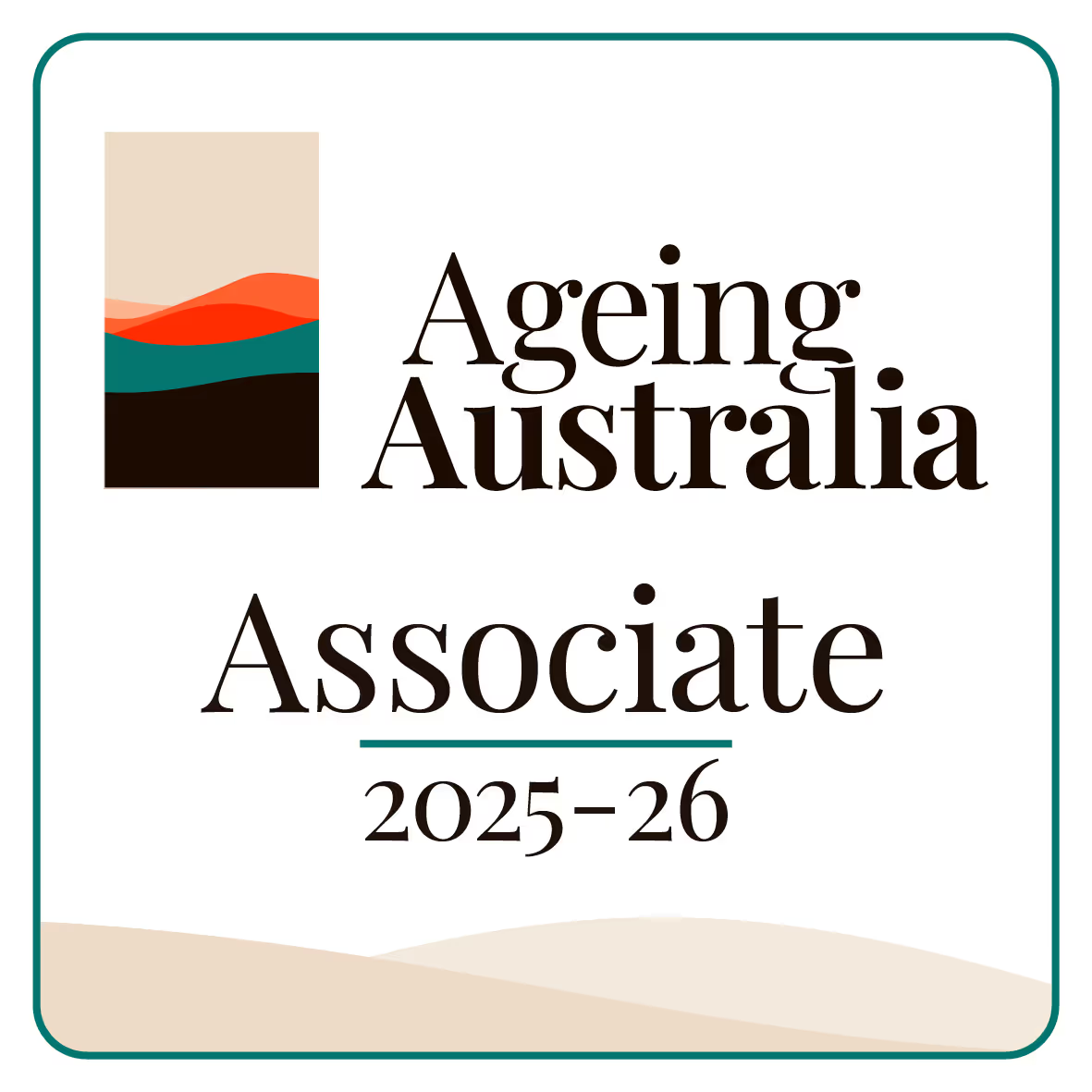What Are Rights and Responsibilities?
Rights are things every person is allowed to have or do. These are basic rules of fairness and freedom that protect people and help everyone live a good life. Some examples of rights include the right to speak freely, the right to be safe, and the right to be treated equally.
Responsibilities, on the other hand, are the things we are expected to do. These are our duties and actions that show respect for others and help make life better for everyone. Examples include following rules, telling the truth, and treating people kindly.
So, rights are what you are given, and responsibilities are what you are expected to do.
Why Are Rights and Responsibilities Important?
Rights and responsibilities go together like peanut butter and jelly. You cannot have one without the other. If everyone wants to be treated fairly, they must also treat others fairly.
For example:
- If you have the right to speak, you also have the responsibility to listen.
- If you have the right to be safe, you also have the responsibility not to hurt others.
- If you have the right to learn, you also have the responsibility to try your best in school.

Having rights helps people feel respected and protected. Following responsibilities shows that you care about others and are ready to help make the world a better place.
Where Do Rights and Responsibilities Come From?
Many rights are written into laws. These laws are made by governments to keep people safe and treated fairly. Other rights come from schools, families, and communities. Responsibilities are often taught at home, at school, or in places where people work and live.
When you know your rights, you can speak up when something is wrong. When you know your responsibilities, you help build trust and kindness around you.
In Everyday Life
You use your rights and responsibilities every day, even without thinking about it. For example:
- At school, you have the right to learn and the responsibility to do your homework.
- At home, you have the right to feel loved and the responsibility to help your family.
- In your neighborhood, you have the right to be safe and the responsibility to follow rules.

When everyone respects each other’s rights and takes care of their responsibilities, it creates a peaceful and fair place to live.
Frequently Asked Questions
What is the basic difference between rights and responsibilities?
Rights are things every person is allowed to have or do, which are basic rules of fairness and freedom that protect people. Responsibilities are the things we are expected to do, which are our duties and actions that show respect for others and help make life better for everyone.
Why do rights and responsibilities always go together?
Rights and responsibilities go together because you cannot have one without the other. For instance, if a person wants to be treated fairly, they also have the responsibility to treat others fairly. Examples include the responsibility to listen when you have the right to speak, and the responsibility not to hurt others when you have the right to be safe.
Where do rights and responsibilities originate?
Many rights are written into laws made by governments to keep people safe and treated fairly, while others come from schools, families, and communities. Responsibilities are often taught at home, at school, or in places where people work and live.
How do rights and responsibilities apply in daily life?
They apply every day in various settings. At school, you have the right to learn and the responsibility to do your homework. At home, you have the right to feel loved and the responsibility to help your family. In your neighborhood, you have the right to be safe and the responsibility to follow rules.






